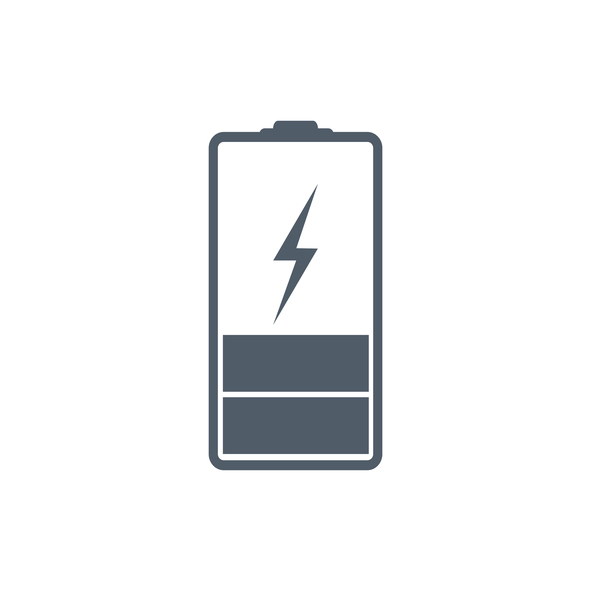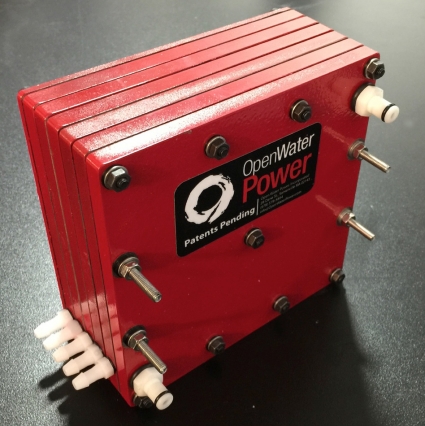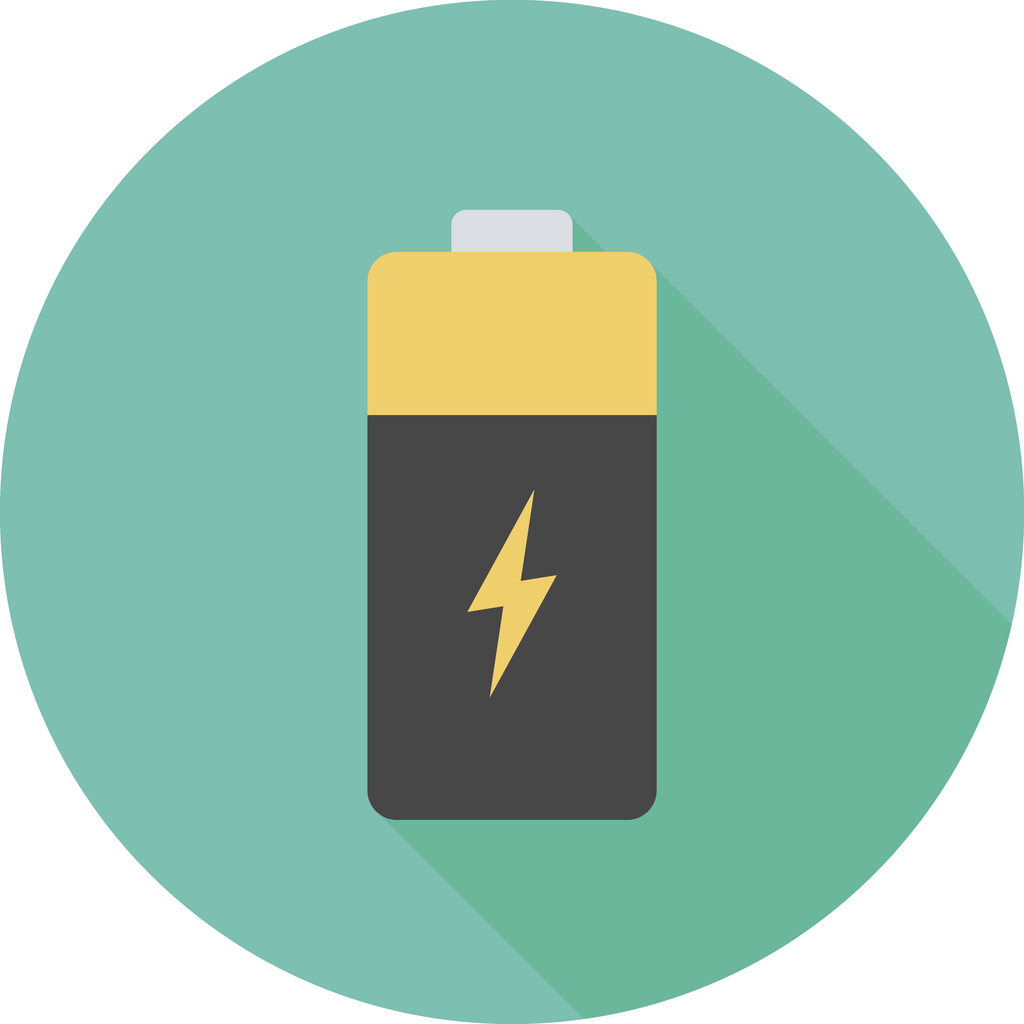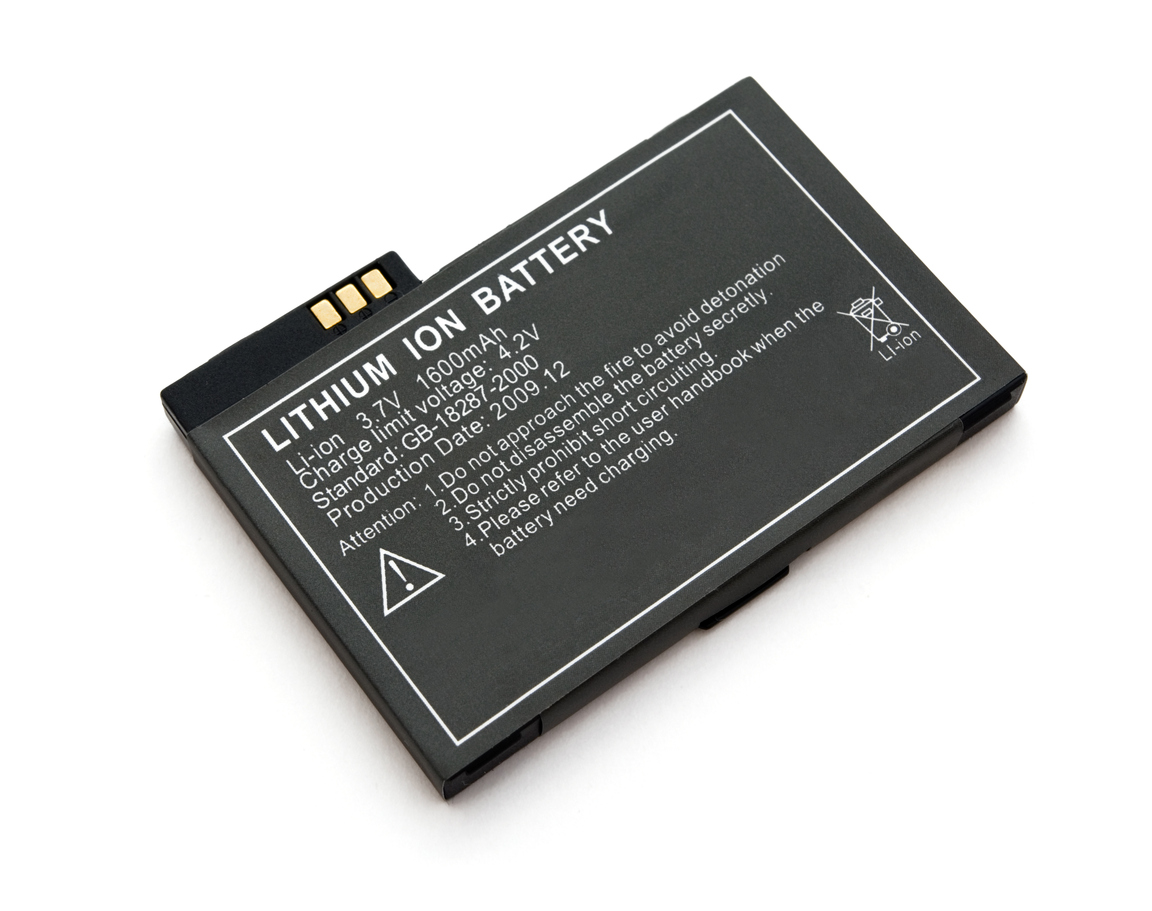Instead of batteries, a new cell phone harvests the few microwatts of power it needs from a different source: ambient radio signals or light.
Researchers were also able to make Skype calls using the battery-free phone, demonstrating that the prototype—made of commercial, off-the-shelf components—can receive and transmit speech and communicate with a base station.
“We’ve built what we believe is the first functioning cell phone that consumes almost zero power,” says Shyam Gollakota, an associate professor of computer science & engineering at the University of Washington and coauthor of the paper.
“To achieve the really, really low power consumption that you need to run a phone by harvesting energy from the environment, we had to fundamentally rethink how these devices are designed.”
Researchers eliminated a power-hungry step in most modern cellular transmissions—converting analog signals that convey sound into digital data that a phone can understand. This process consumes so much energy that it’s been impossible to design a phone that can rely on ambient power sources.


 In an effort to develop a more affordable, plentiful alternative to lithium-ion batteries, researchers from Purdue University are pursuing rechargeable potassium based batteries, demonstrating a way to derive carbon for battery electrodes from old tires.
In an effort to develop a more affordable, plentiful alternative to lithium-ion batteries, researchers from Purdue University are pursuing rechargeable potassium based batteries, demonstrating a way to derive carbon for battery electrodes from old tires. A new development in electrolyte chemistry, led by ECS member
A new development in electrolyte chemistry, led by ECS member 
 In an effort to increase security on airplanes, the U.S. government is considering expanding a ban on lithium-ion based devices from cabins of commercial flights, opting instead for passengers to transport laptops and other electronic devices in their checked luggage in the cargo department. However, statistics from the Federal Aviation Administration suggest that storing those devices in the cargo area
In an effort to increase security on airplanes, the U.S. government is considering expanding a ban on lithium-ion based devices from cabins of commercial flights, opting instead for passengers to transport laptops and other electronic devices in their checked luggage in the cargo department. However, statistics from the Federal Aviation Administration suggest that storing those devices in the cargo area  In 2016,
In 2016,  The consumer demand for seamless, integrated technology is on the rise, and with it grows the Internet of Things, which is expected to grow to a
The consumer demand for seamless, integrated technology is on the rise, and with it grows the Internet of Things, which is expected to grow to a  Lithium-ion batteries power a vast majority of the world’s portable electronics, but the magnification of recent safety incidents have some looking for new ways to keep battery-related hazards at bay. The U.S. Navy is one of those groups, with chemists in the U.S. Naval Research Laboratory (NRL) unveiling a new battery, which they say is both safe and rechargeable for applications such as electric vehicles and ships.
Lithium-ion batteries power a vast majority of the world’s portable electronics, but the magnification of recent safety incidents have some looking for new ways to keep battery-related hazards at bay. The U.S. Navy is one of those groups, with chemists in the U.S. Naval Research Laboratory (NRL) unveiling a new battery, which they say is both safe and rechargeable for applications such as electric vehicles and ships.